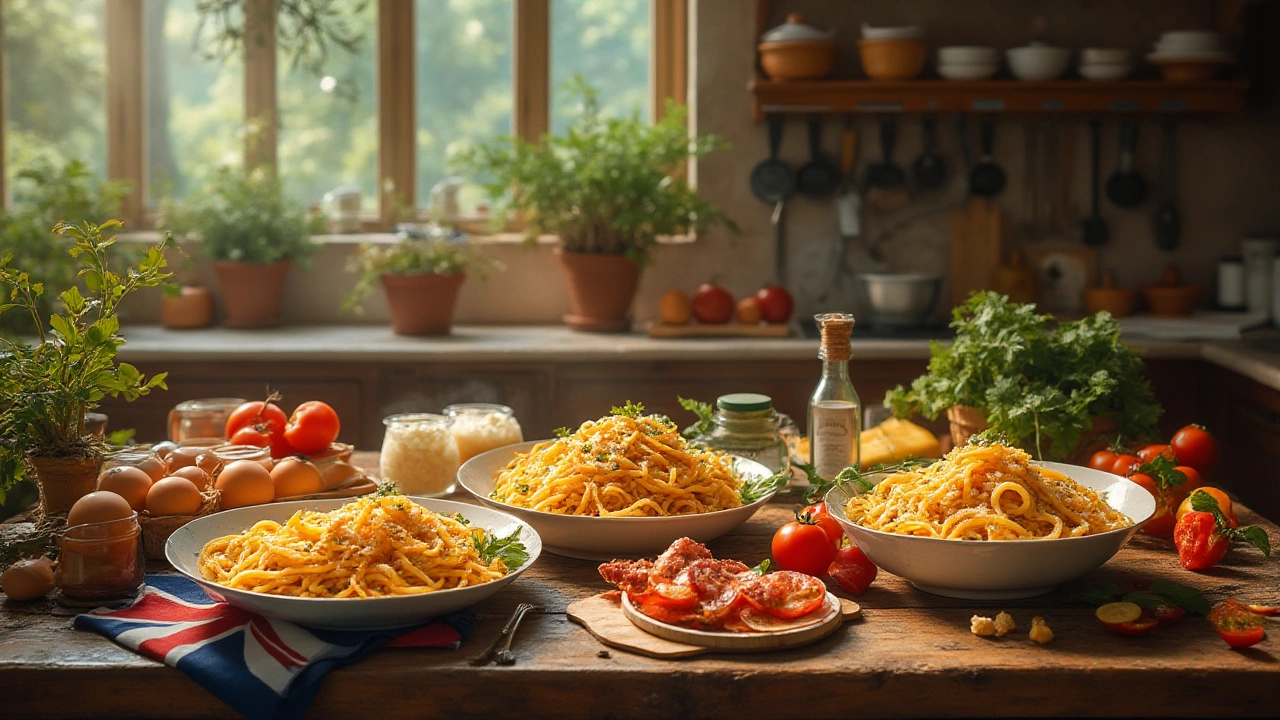Traditional Italian Cuisine: Classic Recipes & Tips
Italian food is more than pizza and pasta – it’s family meals, simple tricks, and flavors passed down for generations. If you want to bring genuine Italian taste to your table, start with the basics: fresh ingredients, a little patience, and a few timeless techniques.
Key Ingredients Every Italian Kitchen Needs
The backbone of Italian cooking is quality, not quantity. Good olive oil, ripe tomatoes, fresh basil, and a block of Parmigiano‑Reggiano are enough to lift a sauce from bland to brilliant. Keep a stash of garlic, onion, and dried oregano; they’re the silent heroes in soups, stews, and ragùs. When you can, choose seasonal produce – a summer zucchini or a winter onion will taste better than anything frozen.
Classic Dishes You Can Master at Home
Start with a simple Marinara sauce. Sauté garlic and onion in olive oil, add crushed tomatoes, a pinch of salt, and a handful of fresh basil. Let it simmer for 20 minutes and you have a sauce that works for spaghetti, pizza, or chicken.
Next, try Risotto alla Milanese. Cook arborio rice in butter, add warm broth a ladle at a time, and finish with a pinch of saffron and a generous splash of Parmesan. The result is creamy, comforting, and impressively easy.
Don’t forget Bruschetta. Toast slices of crusty bread, rub with a garlic clove, drizzle olive oil, then top with diced tomatoes, basil, and a sprinkle of salt. It’s a quick starter that captures the fresh flavors of Italy.
If you have extra time, make Homemade Pasta. Mix flour and eggs, knead until smooth, roll thin, and cut into your favorite shape. Fresh pasta cooks in just a couple of minutes and soaks up sauce like a dream.
Finally, finish the meal with a simple Affogato. Scoop vanilla ice cream into a cup, pour hot espresso over it, and you get a dessert that’s both sweet and bitter – a perfect end to any Italian feast.
Cooking Italian food isn’t about fancy gadgets. A good knife, a sturdy pot, and a reliable wooden spoon are all you need. The real secret is to taste as you go – add a pinch of salt, a splash of wine, or a handful of herbs until the flavor feels right.
Pair your dishes with a glass of wine that matches the sauce: light white for seafood, robust red for meat ragù. And always finish with a little espresso; it’s the Italian way to say “thanks for eating.”
So grab your ingredients, follow these simple steps, and you’ll be serving up authentic Italian comfort in no time. Buon appetito!
Four Classic Italian Pasta Dishes: Authentic Recipes & Cooking Secrets
Discover the heart of Italian cuisine with deep dives into the four legendary pasta dishes, their origins, unique ingredients, best techniques, and pro tips.
